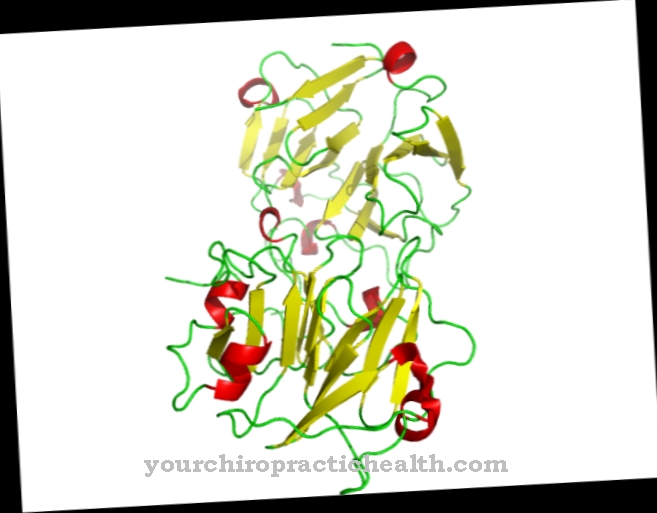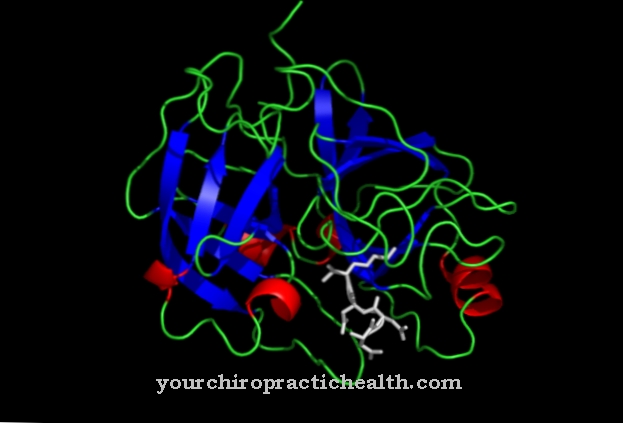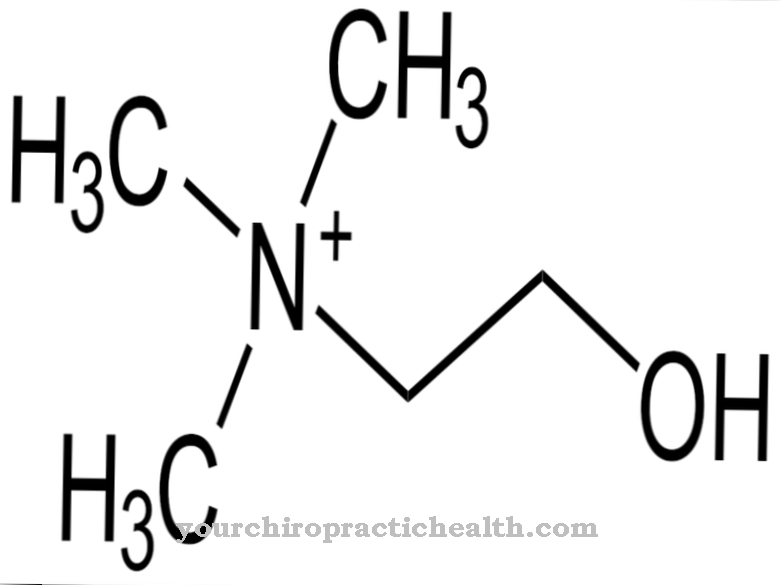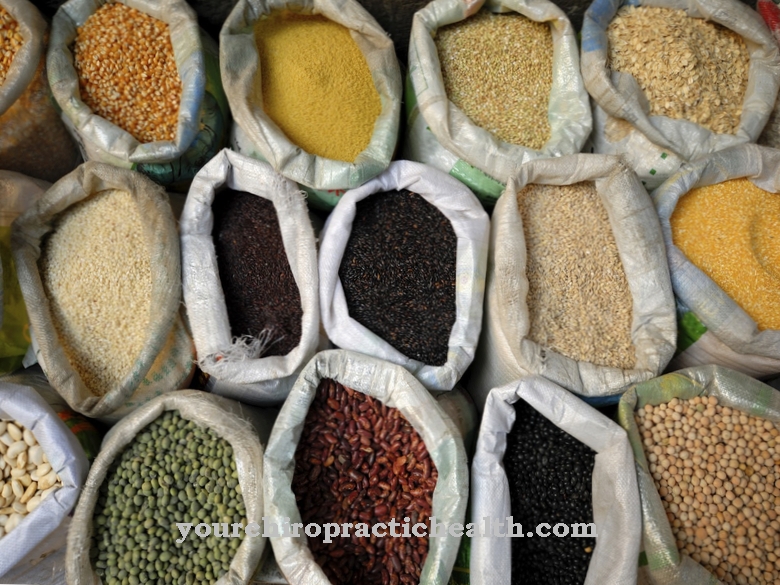At Ribothymidine it is a nucleoside that is a component of tRNA and rRNA. As such, it plays an important role in numerous metabolic processes.
What is ribothymidine?
Ribothymidine is also under the name 5-methyluridine known. It is a nucleoside. Nucleosides are single molecules of tRNA and rRNA that occur within cells.
The tRNA or transfer DNA is like a tool that is used to translate the DNA into amino acid chains. Each ribothymidine molecule is made up of two building blocks: a sugar molecule and a nucleic base. The sugar molecule is β-D-ribofuranose, which among other things consists of five carbon atoms. For this reason, biology also calls β-D-ribofuranose a pentose, after the Greek word for “five”. The basic structure of the molecule is also a pentagonal, closed ring. The second component of ribothymidine is thymine.
Thymine is a nucleic base and is also an important part of human DNA, which stores genetic information. Together with adenine, thymine forms a base pair. The N1 atom of thymine combines with the C1 atom of β-D-ribofuranose. The molecular formula for ribothymidine is C10H14N2O6.
Function, effect & tasks
Ribothymidine and three other types of nucleosides make up the tRNA and rRNA. The tRNA is transfer ribonucleic acid. It helps with translation, the biological translation of DNA into protein chains. The translation is dependent on a copy of the genes.
This copy is the messenger RNA or mRNA. Like deoxyribonucleic acid (DNA), it is a form of biological data storage. The mRNA is created inside the cell nucleus. It is an exact copy of the DNA, which itself never gets out of the cell nucleus. Specialized enzymes are responsible for copying; Instead of the sugar deoxyribose, they use the sugar ribose for the mRNA. The finished mRNA migrates out of the cell nucleus and thus transmits the genetic information to the rest of the human cell. A so-called ribosome translates the information in the mRNA into a strand of proteins. The protein chain is made up of various amino acids.
There are a total of twenty different amino acids that make up all of the more complex protein molecules. A so-called triplet, i.e. three base pairs of DNA or RNA, unmistakably encodes a certain amino acid. In order for the ribosome to do its job, it needs the tRNA, which is a short chain of RNA. The tRNA transports amino acids. To do this, the tRNA binds an amino acid to one end and docks with the other end to the appropriate triplet.
The tRNA now connects the mRNA and the amino acid like a pin. The ribosome brings the loaded tRNA into position, one at a time. The amino acids combine with each other through biochemical processes. The ribosome slides one triplet and the tRNA separates from the amino acid on one side and the mRNA on the other. The empty tRNA can now bind to a new amino acid molecule again and bring the new building block back into translation.
Education, occurrence, properties & optimal values
Ribothymidine is usually in the solid state. The human body can synthesize ribothymidine by combining a sugar molecule (ribose) with a nucleobase. While DNA is made up of the four bases adenine, guanine, cytosine and thymine, uracyl replaces thymine as the fourth base in RNA. Uracyl is very similar to thymine. In terms of their molecular structure, the two only differ in one single group (H3C).
Both belong to the pyrimidine bases, the basic structure of which forms a pyrimidine ring. It is a closed, ring-shaped structure with six corners and two nitrogen atoms. Although ribothymidine and other nucleosides are known in biology primarily as a component of RNA, it also plays a role in other biological processes, as it also occurs as a building block in macromolecules.
Diseases & Disorders
Diseases that can occur in connection with ribothymidine are, for example, genetic defects. Radiation, chemical substances, and UV light can increase the likelihood of mutations.
A mutation is an error in the genetic information that damages the DNA strand. Such damage happens all the time in the human body and usually certain enzymes detect and repair such irregularities. Occasionally, however, they overlook errors or cannot correct them correctly or only partially. If the cell's self-destructive mechanism fails, it replicates and thereby spreads the faulty genetic information. Such disorders include, for example, the mix-up or exchange of nucleobases. As a result, the genes code incorrect information and, under certain circumstances, disrupt central metabolic processes.
Depending on where in the DNA or RNA such an error occurs, the effects can be very different. The tRNA, in which ribothymidine occurs as one of four nucleosides, can also be subject to errors. If the synthesis of ribothymidine is defective, for example, translation could be impaired. Translation is the process that translates genetic information into proteins. In particular, errors in the ends of the tRNA piece could lead to the tRNA no longer being able to bind correctly to the mRNA or the amino acid that it is supposed to transport.













.jpg)

.jpg)
.jpg)











.jpg)